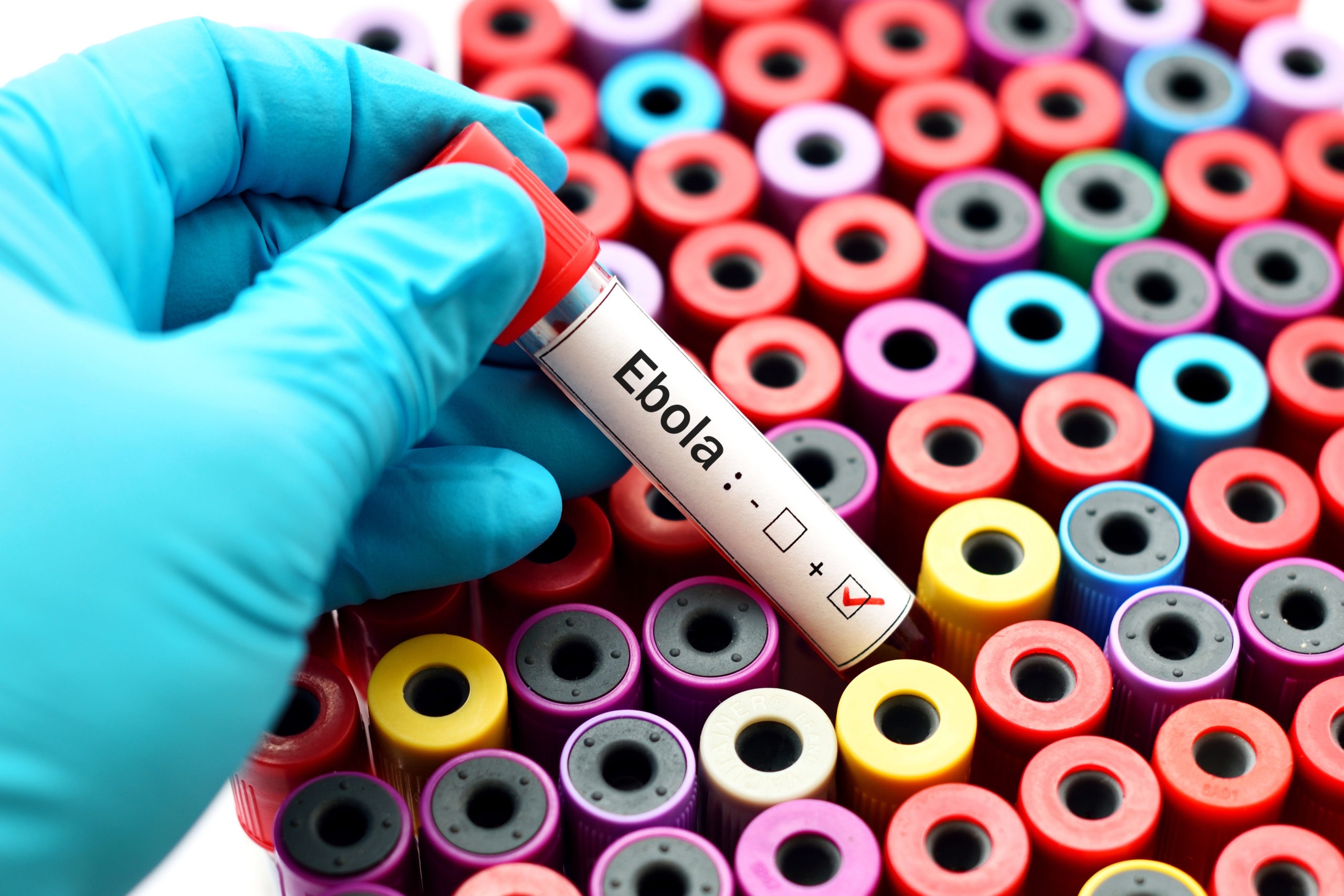
Ebola Outbreak in West Africa Causes World Health Crisis
Courtesy of BBC News Online- Ebola Outbreak.
Ebola virus disease (EVD) is a severe illness with a case fatality rate of up to 90 percent. As of August 6, more than 1,770 cases of Ebola had been reported to the World Health Organization—including 961 deaths.
So far, four countries in Africa have been included in the outbreak. This year’s Ebola outbreak is one of nearly two dozen that have occurred since the disease first appeared in the 1970s.
Ebola virus disease is transmitted through direct contact with the blood, body fluids, or tissues of infected animals or people, according to the World Health Organization. Contracting Ebola depends on the level of exposure. Activities that carry a high risk of contracting Ebola include:
- Percutaneous exposure, or exposure through the skin (e.g. needle stick or mucous membrane exposure to bodily fluids of an Ebola patient)
- Direct care or exposure to body fluids of an Ebola patient without appropriate personal protective equipment
- Laboratory worker processing body fluids of a confirmed Ebola patient without appropriate personal protective equipment or biosafety precautions
- Participation in funeral rites that include direct exposure to human remains in the geographic area of an outbreak
Other activities carry a lower risk of exposure to Ebola, including casual contact with a patient, living in the same household as a patient, or providing patient care or making casual contact with affected patients in facilities in outbreak-affected countries.
The symptoms of Ebola include sudden fever, intense weakness, headache, muscle pain, and sore throat. These symptoms are typically followed by diarrhea, rash, impaired kidney and liver function, and possible internal or external bleeding. The infection can sit dormant in the body for anywhere from 2 to 21 days before symptoms appear.
The majority of cases involved in the current outbreak in West Africa are the result of human-to-human transmission. Ebola symptoms aside, the disease presents a serious health risk to anyone in the affected area. Severely ill patients require intensive supportive care, which opens up family members, health workers, and others in close contact with the patient to exposure.
One small upside of Ebola virus disease is its difficulty to contract. In order to spread, someone must come into contact with the body fluids of an infected person who is showing symptoms; wearing masks, gloves, and gowns—as well as working in isolation—can give considerable protection to health workers.
So, if preventing the spread of the virus is relatively simple, the question remains: Why is it continuing to ravage a handful of countries in West Africa?
Simply put, countries affected by Ebola outbreaks are often unable to afford simple protections like gloves and masks. For example, the country of Sierra Leone has suffered the most during this outbreak, accounting for 717 cases and 298 deaths. Bloomberg Businessweek reports that health expenditures per person in the country are about 26 cents per day. Without a well-equipped health care system or the funds needed to buy supplies, poorer countries continue to suffer from Ebola outbreaks at a disproportionately high rate.
As difficult as it may be, the World Health Organization urges family members and communities not to personally care for patients with Ebola symptoms. If home care must be given, it is crucial to get gloves, personal protective equipment, and instructions for treatment and preventing transmission of the disease.
Ebola first appeared in 1976 in the Democratic Republic of Congo and Sudan, and the disease is believed to be carried by fruit bats. However, the origin of the virus is unknown and questions still remain.
















